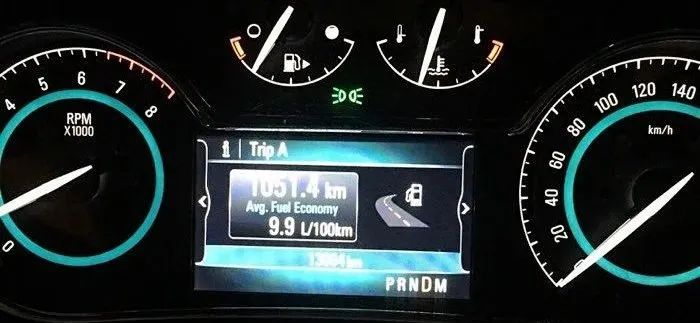If your once-thrifty car has started guzzling gas like a thirsty elephant, you’re not alone. Many drivers notice a sudden spike in fuel consumption as their vehicles age—especially around the 7–10-year mark. But before you panic about replacing your ride, try these three cost-effective fixes inspired by real-world cases. Let’s dive into the “respiratory system” of your engine and restore its efficiency!
1. Air Filter: Your Engine’s “Lungs”
A clogged air filter is a silent fuel thief. Take the case of an 8-year-old Volkswagen whose gasoline efficiency dropped by 3 liters per 100 km. The culprit? An air filter caked with dirt and debris.
Why it matters:
– The air filter acts as your engine’s “mask,” blocking dust and pollutants.
– A dirty filter starves the engine of oxygen, forcing it to work harder and burn more petrol.
The fix:
Replacing the filter slashed the Volkswagen’s fuel use by over 2 liters per 100 km.
– Replacement guide:
– Harsh climates (e.g., dusty regions): Replace every 20,000 km.
– Moderate environments: Replace every 30,000 km.
2. Spark Plugs: The Engine’s “Lighter”
A decade-old Honda once arrived at our shop with sluggish acceleration and poor mileage. The issue? Worn-out spark plugs.
Why it matters:
– Spark plugs ignite the air-fuel mixture. Weak or damaged plugs lead to incomplete combustion, wasting petrol and creating carbon buildup.
The fix:
Installing OEM (Original Equipment Manufacturer) spark plugs restored the Honda’s power and efficiency.
– Pro tip:
Avoid cheap knockoffs! Low-quality plugs fail quickly and may damage your engine. Always match plugs to your car’s specifications.
3. Fuel Filter: The “Bloodstream Cleaner”
A 6-year-old Volkswagen Passat with engine shuddering during acceleration taught us this lesson. The fuel filter—clogged with grime—was to blame.
Why it matters:
– The fuel filter traps contaminants before they reach the engine. A blocked filter starves the engine of clean gasoline, leading to inefficient combustion and clogged injectors.
The fix:
Replacing the filter eliminated the Passat’s shuddering.
– Warning: Many modern fuel filters are *inside the gas tank*, making replacement labor-intensive.
– Prevention: Stick to top-tier gas stations and use higher-octane gasoline to reduce filter strain.
Bonus Tips: The Fuel-Saving “Combo”
Fixing parts alone isn’t enough. Pair these habits for maximum savings:
1. Check tire pressure monthly: Underinflated tires increase rolling resistance (like dragging an anchor).
2. Clean the throttle body: Gunk here chokes airflow. Clean every 50,000 km.
3. Drive smoothly: Avoid aggressive acceleration and braking—gentle driving saves up to 20% in fuel costs.
Final Advice
Older cars need TLC, but don’t fall for marketing gimmicks promising “miracle fixes.” Focus on:
– Quality parts: Cheap replacements often backfire.
– Regular maintenance: A $50 filter today beats a $500 repair tomorrow.
– Professional diagnostics: If problems persist, visit a trusted mechanic.
Remember, cars don’t heal themselves. A little attention now can save you from costly breakdowns later. Treat your ride well, and it’ll keep rolling farther—and cheaper—for years to come. 🚗💨
Got a fuel-guzzling veteran? Try these fixes and watch your gas bills shrink!






